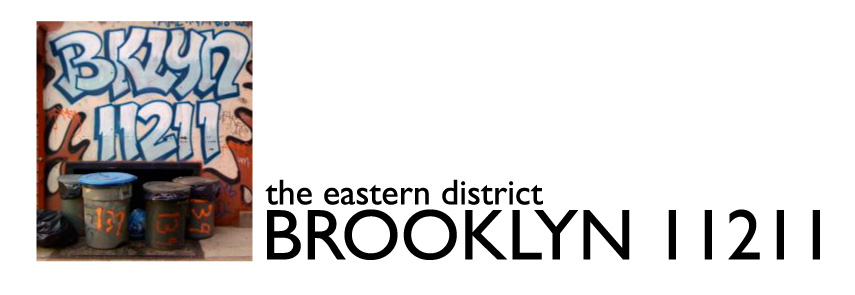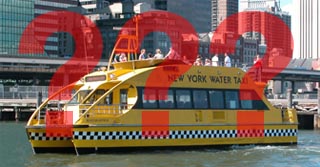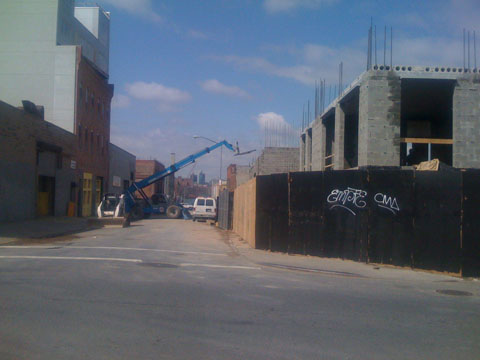The irony here is quite rich – ExxonMobil, the company that is (mostly) responsible for the oil plume that sits beneath Greenpoint is sonsoring today’s Go Green Earth Day celebrations at McCarren Park. The notice is very last minute, but when some local activists found out about this, they decided a protest of some sorts was in order.
The Go Green Earth Day celebrations at McCarren are a locally-organized event, put together as the result of a lot of hard work by the folks at Town Square; ExxonMobil is only paying to sponsor the event. The planned protests are intended to be fun, and hopefully won’t be disruptive – so either way, go out there and have fun.
Friends,
Apologies for the short notice but we just found out that ExxonMobil is sponsoring tomorrow’s Go Green Earth Day Festival in McCarren Park. ExxonMobil is also responsible for the largest oil spill in America’s history, larger than the Exxon Valdez, just meters away from where the festival will be taking place!
Other festival sponsors include BP America, Waste Management, and Forest City Ratner Company (responsible for the Atlantic Yards project). These companies are no friend to our community, and no friend to the environment.
Please join the Greenpoint SuperFUNd SuperFriendz in taking immediate action.
NOW: Send an automatic email letter expressing your outrage to the powers that be.
SATURDAY (tomorrow): Join us at McCarren Park for a protest rally. We’re calling on YOU to help reclaim Earth Day from the greenwashers and reclaim the oil from McCarren Park!
Reclaim the Oil!
Saturday, April 19, 11am
Meet at Driggs and N. 12th
By the dog runThere’s oil a plenty underfoot and we oil men will be on hand with rig, drills, and buckets to reclaim our oil and our earth (day).
Dear Exxon, We Drink Your Milkshake!!!!
* * * * * * * * * * * * * * * * * * * * * * * * * *
About Greenwashing:
The term is generally used when significantly more money or time has been spent advertising being green (that is, operating with consideration for the environment), rather than spending resources on environmentally sound practices. This is often portrayed by changing the name or label of a product, to give the feeling of nature, for example putting an image of a forest on a bottle of harmful chemicals. Environmentalists often use greenwashing to describe the actions of energy companies, which are traditionally the largest polluters.
* * * * * * * * * * * * * * * * * * * * * * * * * *
About the Greenpoint ExxonMobil Oil Spill:
Between 17 and 30 million gallons of oil lie beneath North Brooklyn. See here for oodles of press coverage: http://www.greenpointvexxon.com/index.htm#press






